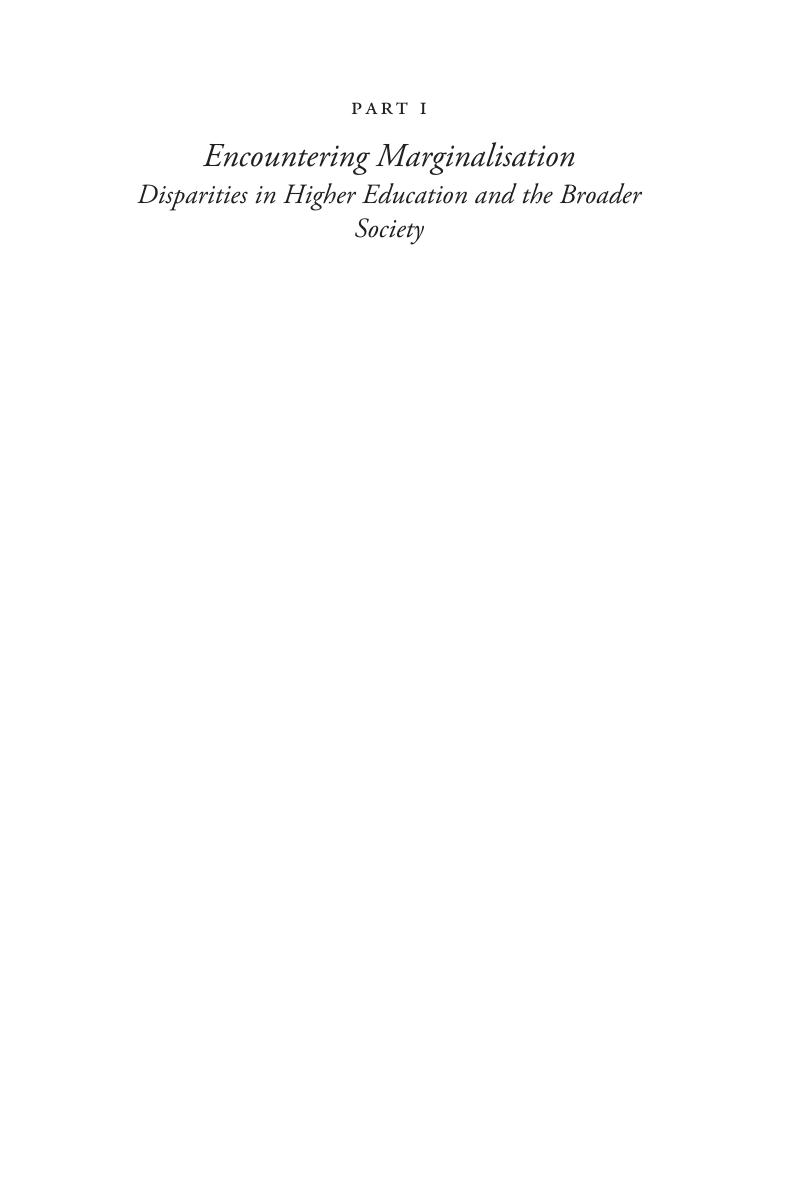Part I - Encountering Marginalisation
Disparities in Higher Education and the Broader Society
Published online by Cambridge University Press: 06 September 2020
Summary

- Type
- Chapter
- Information
- A Better FutureThe Role of Higher Education for Displaced and Marginalised People, pp. 19 - 174Publisher: Cambridge University PressPrint publication year: 2020



